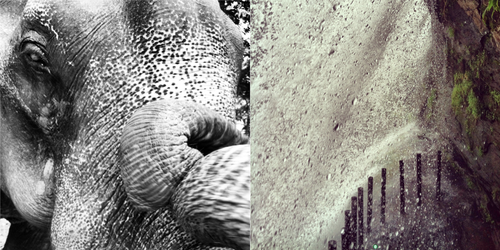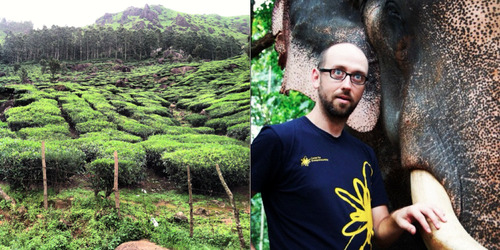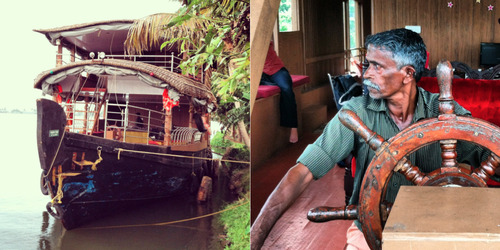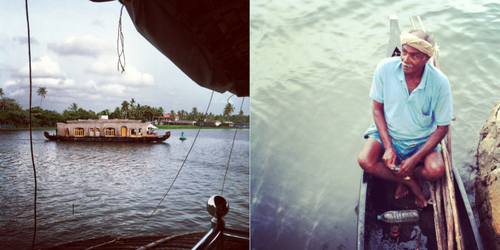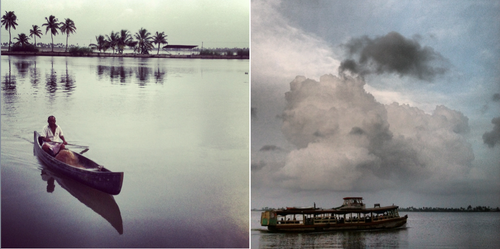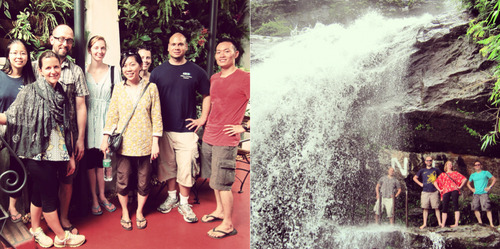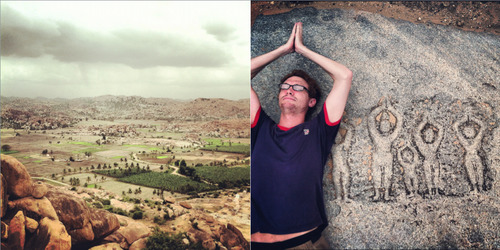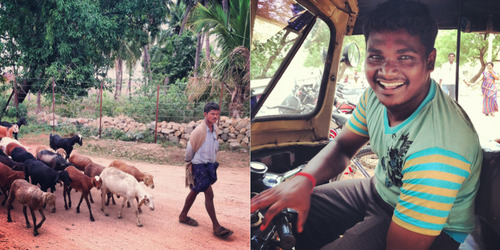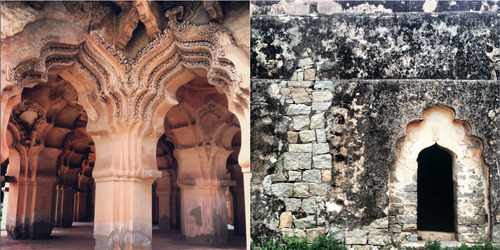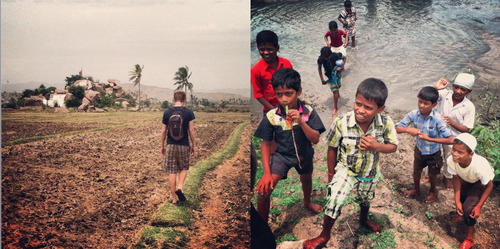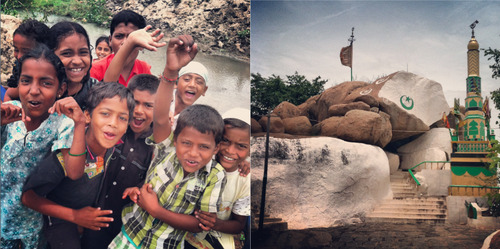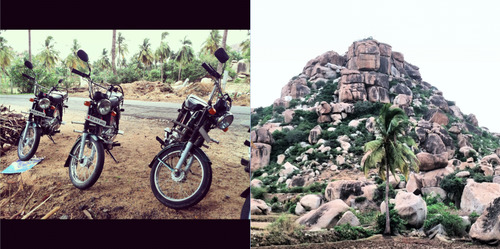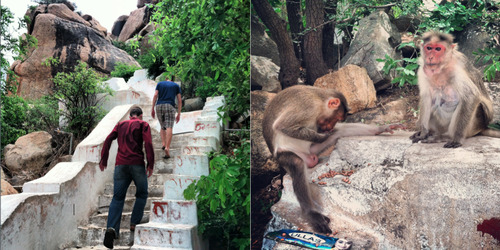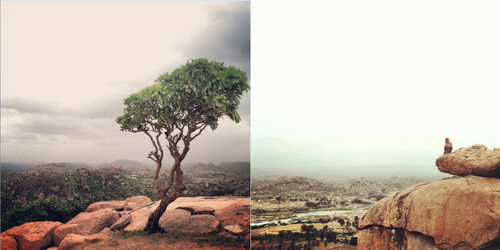 |
| India comfort food |
So why do so many of us shy away from situations where we might test that ability? We have such a powerful tendency to shroud ourselves in comforts and shut out those opportunities that would challenge us. Even those who intentionally push ourselves naturally gravitate back toward a status quo. Change is hard, change is painful, change is scary. Newness can pierce us to the very core, threatening to upend all that we have learned about ourselves and our world.
Close your eyes and picture the house you grew up in. Walk yourself through the front door, to the kitchen, bathroom, your bedroom. Mental models stick with us long after we require them. There's a theory that humans developed the ability to create mental models of their surroundings in our earliest phases. By lending an element of predictability to harsh and dangerous environments, mental models allowed us to survive.
But mental models can also be limiting and constricting. In the U.S., we create predictability that spills into monotony. We expect what we know, and are upset when we don't find it. We rely on our mental models and material possessions to keep us safe and block out uncertainty. We relish the control given us by the ease of foresight. Close your eyes and picture the nearest highway interchange. Walk yourself from Applebees to Walmart, Subway, Shell. Now picture the interchange five miles down the road. If you're in the Midwest you might get a Dairy Queen, the West Coast an In&Out Burger, but the scenery is essentially identical.
 |
| a major part of my Bombay mental model |
I have built simple mental models of the neighborhoods I've stayed in throughout India and the basic layout of Mumbai. But it's impossible to apply them elsewhere, and they're in constant flux. My days are unpredictable, my material comforts in limited supply. The change has been hard, painful, and scary. But my need for that level of control and possession has receded somewhere, and been replaced by peace and acceptance. I feel lighter, stripped of some amount of unnecessary artificiality.
That internal lesson - that you truly can live with less, and it might even be more comfortable that way - is one of the huge benefits of traveling and living abroad. I know that tendency toward self-protection will slowly settle back over me when I return to the States, but I'll ward it off as long as possible.
---
[Note: I originally intended this to be a post about climate change, but wandered pretty far off target! Main bullet points: I found out that this is caused by this, and also this is happening, which links back to this. I had a closer along the lines of: "How far can we reasonably expect ourselves to adapt?"]

